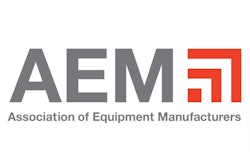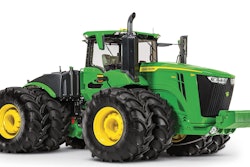A recent survey by the Association of Equipment Manufacturers (AEM) provided some key insight into supply chain issues faced by the equipment industry.
Bottom line: supply chain issues have reached every sector of the industry. And even more eye-opening: supply chain issues are likely to persist for the foreseeable future.
Some takeaways from the AEM survey:
- Almost every responding AEM member is experiencing supply chain issues. For about 70 percent of OEM members surveyed, these issues continue to get worse with time. For about 43 percent of component manufacturers surveyed, the issues are getting better.
- Supply chain issues will continue into 2023. When asked, about 60 to 70 percent of members felt the disruptions would last through year-end 2022 and into the first half of 2023. A significant number of OEMs felt they might even last through 2023, though component manufacturers felt more positive. However, answers regarding the length of the disruptions have been somewhat of a moving goalpost, shifting backwards as time passes. It’s also important to note the research was also completed in February 2022, before the current Russian-Ukrainian conflict, so we can expect the issues to last a bit longer than we previously thought.
- COVID-19 exposed deeper issues in our supply chain, but significantly aided the current crisis. The origin of the supply chain issues is multifaceted.
- While supply chain disruption remains a significant concern, a variety of other issues are facing members: existing labor shortages and skills gap, production capacity constraints, domestic and global economic uncertainty, among others.
- Supply chain solutions lie within inventory and transparency.










